The Aesthetics of Emptiness—Capturing Minimalistic Architecture Photos
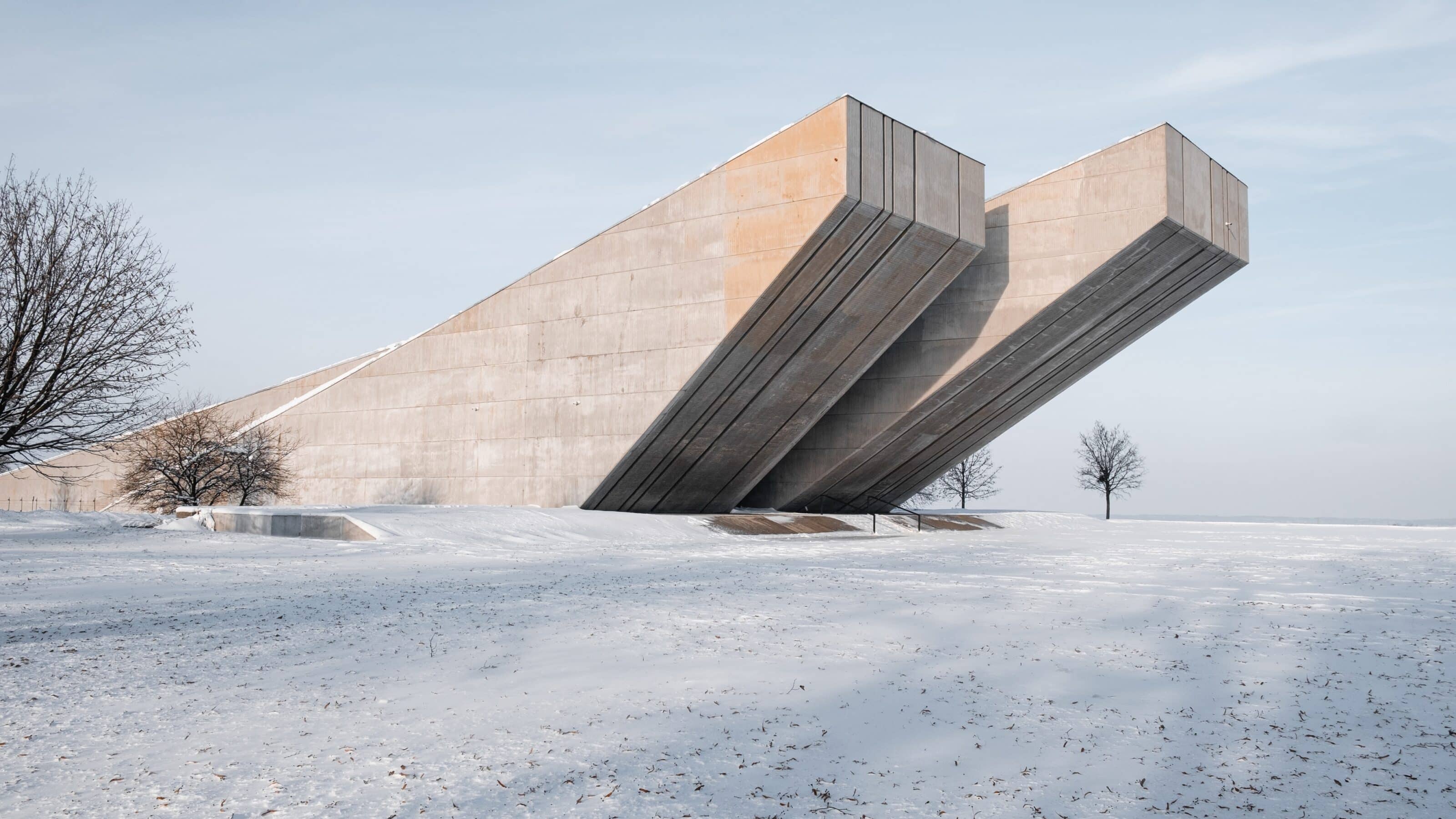
Photographers can capture the emotional and aesthetic meaning of space using simple forms and clean lines. They can achieve this by utilizing the principles of minimalist photography, which focuses on perfectly balanced composition, minimizing distractions, and emphasizing the volume and form of the architecture.
When emptiness and space dominate in minimalist photography, powerful images can result.
Gather inspiration
We’ll start by giving the names of some aspiring minimalist photographers. Their work can help you understand that minimalist photography has no boundaries, and how you can push your photography to the limits of minimalism.
Hiroshi Sugimoto is a name you’ve likely heard in the world of photography. His images are based on long exposure times, which allows him to practically eliminate any people from his photos.
Andreas Gursky is a photographer who has elevated minimalism to an art. In 2011, his photo Rhein II sold at auction for $4.3 million. He often focuses on recurring motifs to give his minimalist photos an abstract quality.
Nina Papiorek is a German photographer who uses her black and white photography to emphasize the contrast between human fragility and monumental architecture.
Jakub Skokan and Martin Tůma, or Boys Play Nice, are photographers worth following on the Czech scene. If there’s interesting architecture to be seen in the Czech Republic, you can be sure Jakub and Martin have captured it.
Nicanor García is a Mexican photographer with a knack for composition. His impressive photography is perfectly precise, clean, and simple.
Before you begin
If you follow minimalist trends and are itching to reach for your camera, take a moment to make sure you have the proper equipment:
- Tripod—Trust me, it’s essential for minimalist photography
- Polarizing filter—Not mandatory, but it will make capturing the sky, glass, and water surfaces easier
- Wide-angle lens—Comes in handy in confined spaces
Rules for minimalistic architecture photography
Alright, let’s get down to it. Minimalism is a fantastic discipline that is easy to fall in love with, not only in photography. However, it’s good to keep a few basic rules in mind that will help you get the most out of your photos and create breathtaking images.
1. Choosing your subject—simple architecture with geometric shapes
Neo-Renaissance architecture on European squares, Baroque temples, or wooden cottages are a challenge even for experienced minimalist photographers. Start with modern architecture that suits minimalism. While picturesque ornamentation on Baroque palaces may cater more to Wes Anderson’s colorful aesthetics, seek out brutalist architecture that utilizes simple materials like glass, concrete, or wood.
2. Find massive, standalone structures
Minimalism is based on the simplicity of a scene and the composition. Massive standalone structures work in your favor. Thanks to these structures, minimalist concepts can truly shine without a myriad of details and distractions.
3. Focus on contrast
In minimalist photos, you can aim for the absolute purity of the scene. This means there is nothing in the photo except the subject or a close-up of the subject.

Contrast gives minimalist photos spice.
Most often, it’s the contrast between the massiveness of the subject and a small human figure. Or, the contrast between the interesting geometry of architecture in abandoned places and life in the form of vegetation or a passing squirrel.
Contrasting materials such as cold glass and warm wood, concrete, and water surfaces, can also be great sources of contrast.
4. Wait for the right lighting
Just like with any other photography, light is crucial. For minimalist architecture photography, you can take advantage of dusk, which can outline a building’s shadows, create the perfect backdrop for a person walking on a concrete surface, emphasize the texture of the materials, or minimize distracting elements on the front of a building.

Night photography can also work well, especially when you can play around with long exposures and capture the sky or water.
For black-and-white minimalist photography, sharp midday sunlight can also work wonders, enhancing details and providing space for creating new contrasts. This is one of the few cases when you may want to shoot at midday.
5. Use a tripod
As mentioned earlier, minimalism won’t work without a tripod. It will not only help you in poor lighting conditions but also when you want to remove crowds of tourists or admirers of beautiful architecture using a long exposure like Hiroshi Sugimoto.
Long exposures can also help create interesting effects in the sky or on water surfaces. A tripod can ensure that your photos are pin-sharp, which is one of the main goals of minimalism.
6. Use perspective to your advantage
Just like with other architectural photos, it’s a good idea to adhere to the rules of vertical lines. You can straighten lines easily using Zoner Studio, or even automatically straighten lines. Although converging lines in architecture have their charm, it’s better when your buildings don’t lean like the Leaning Tower of Pisa.
Pay attention to the grid on your camera’s display or in the camera’s viewfinder when shooting. Then in post-production, fine-tune your photos using the straighten lines function. Conversely, if lines converge before you, such as two parallels on a facade, sidewalk, or on the horizon, take advantage of them and capture their dynamic nature.
7. Repetition—The mother of great minimalist photos
The minimalist approach in composition dictates making the most of empty spaces. However, repetition can be a wonderful tool. Focus on undiscovered angles of repeating columns, long staircases, regular placement of human figures, regular spacing between trees on the horizon, and repeating textures of different materials. This is the great power of Nina Papiorek’s photography, as we discussed in the paragraph on gathering inspiration.
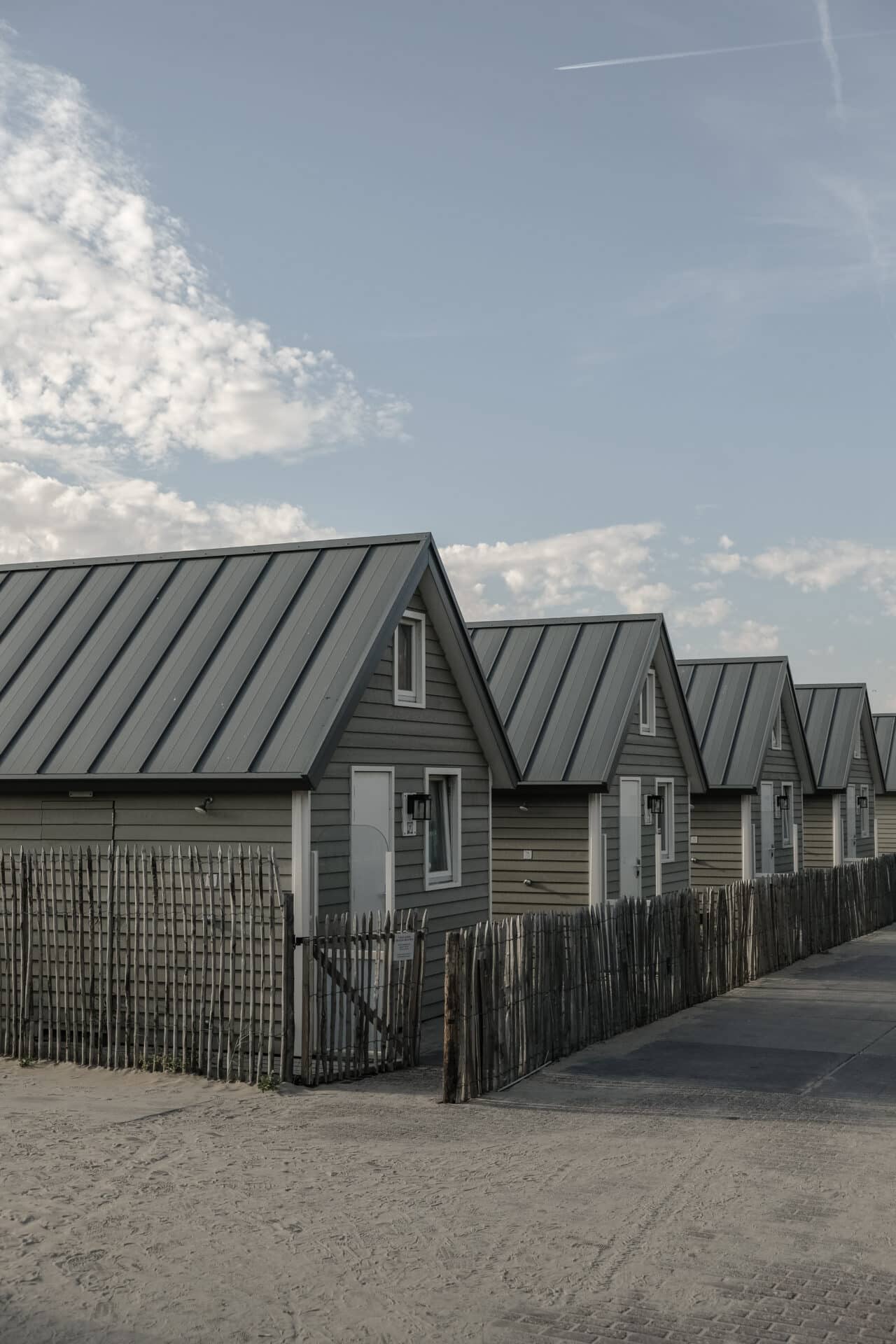
8. Work with emptiness
If you’re used to inserting motifs in the foreground and background, having a sunlit leaf in front of the lens, and an interesting event in the background of the photo, forget about all of that in minimalism. Work with negative space, emptiness and its aesthetics, which can highlight a small movement or drama that comes from the boundaries of light and shadows.
9. Use dynamic composition
Tripod yes, static photos, no. Play with the dynamics of the composition, and include depth of space, diagonals, and bird’s eye views in your photos. Try not to lose the original subject in all of this, but if that’s your intention, feel free to minimize the architecture and let the power of the composition shine.
10. Don’t be afraid to use post-production
With post-production and minimalist photography, you can choose one of two approaches. Either fine-tune only the small details of your photos and let their naturalness and simplicity shine. Or, use more adjustments to minimize all the details in the shadows, overexpose in black-and-white photos, or focus on a specific color in color photography. The second approach may be more fun.
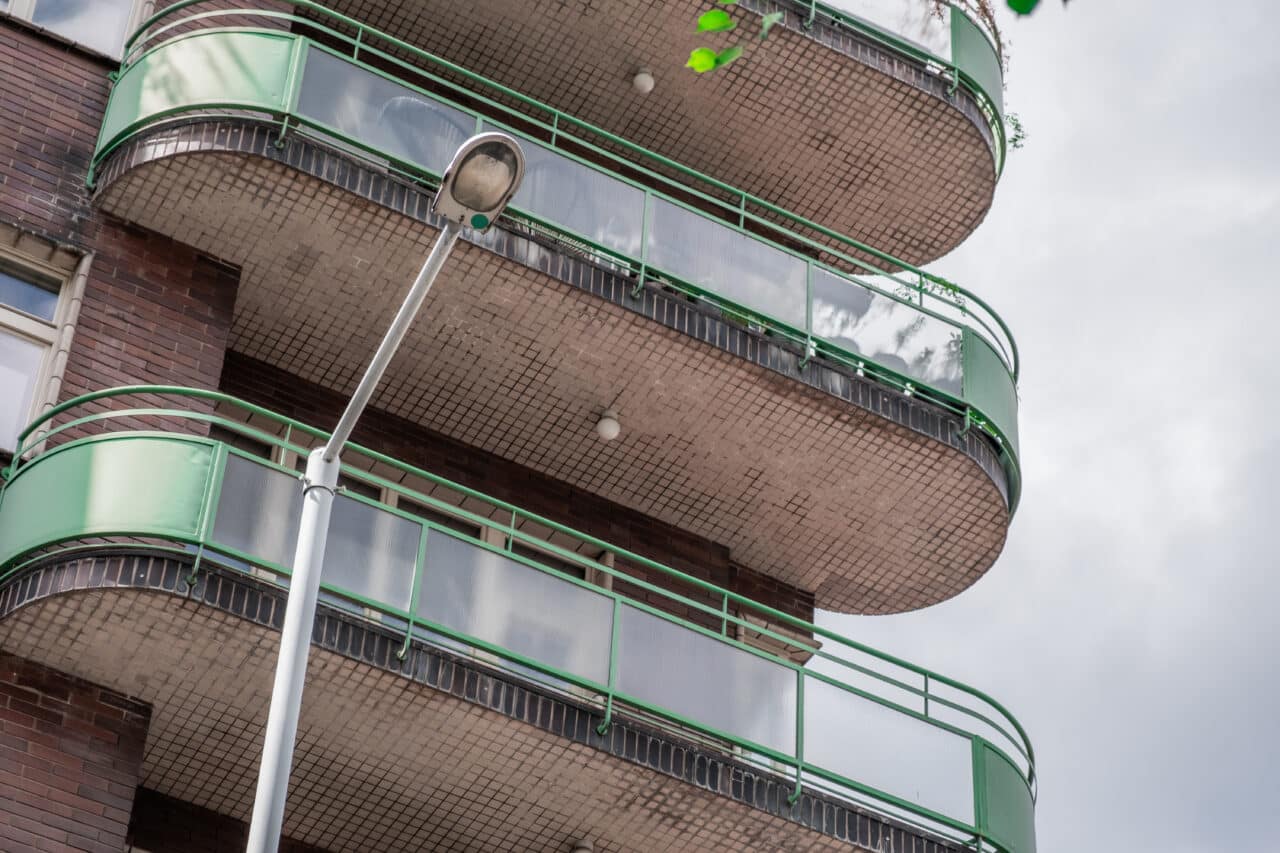
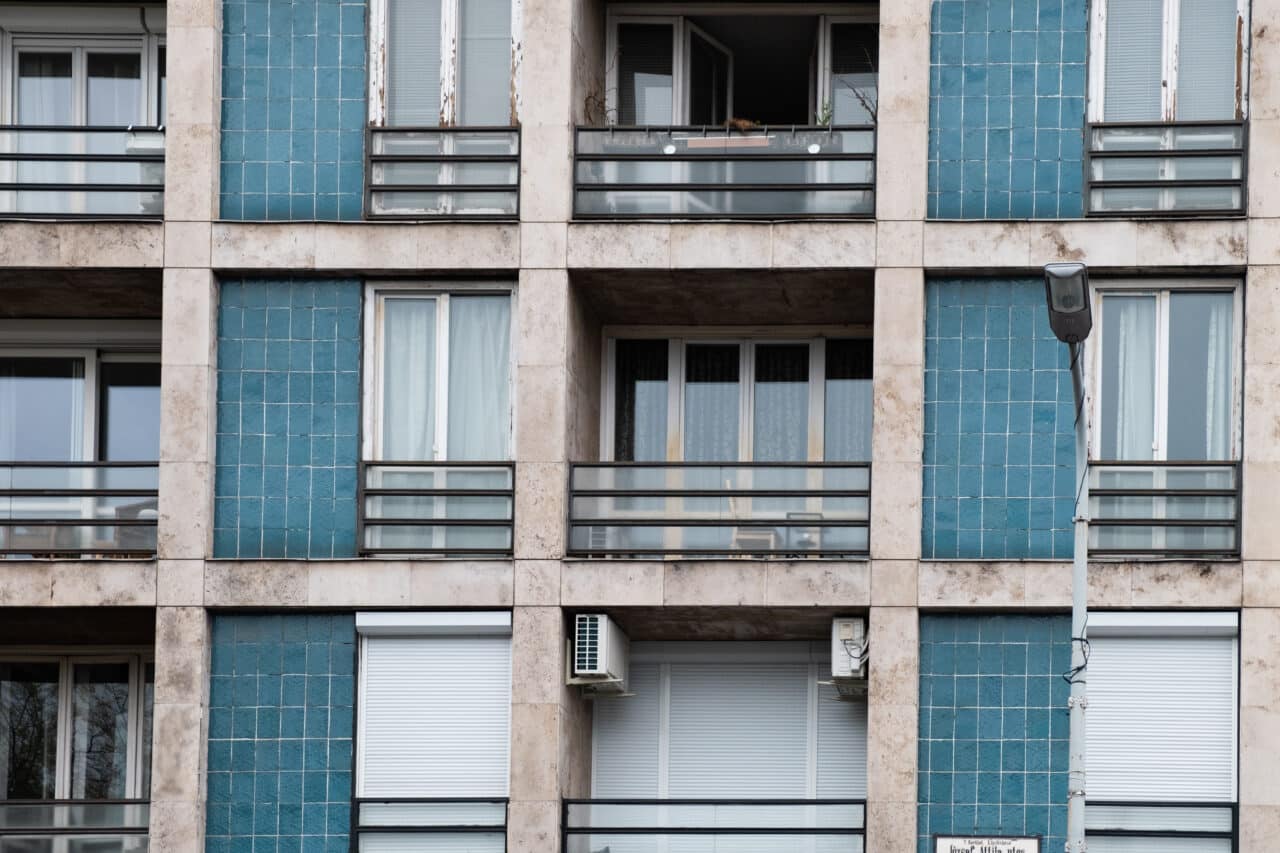

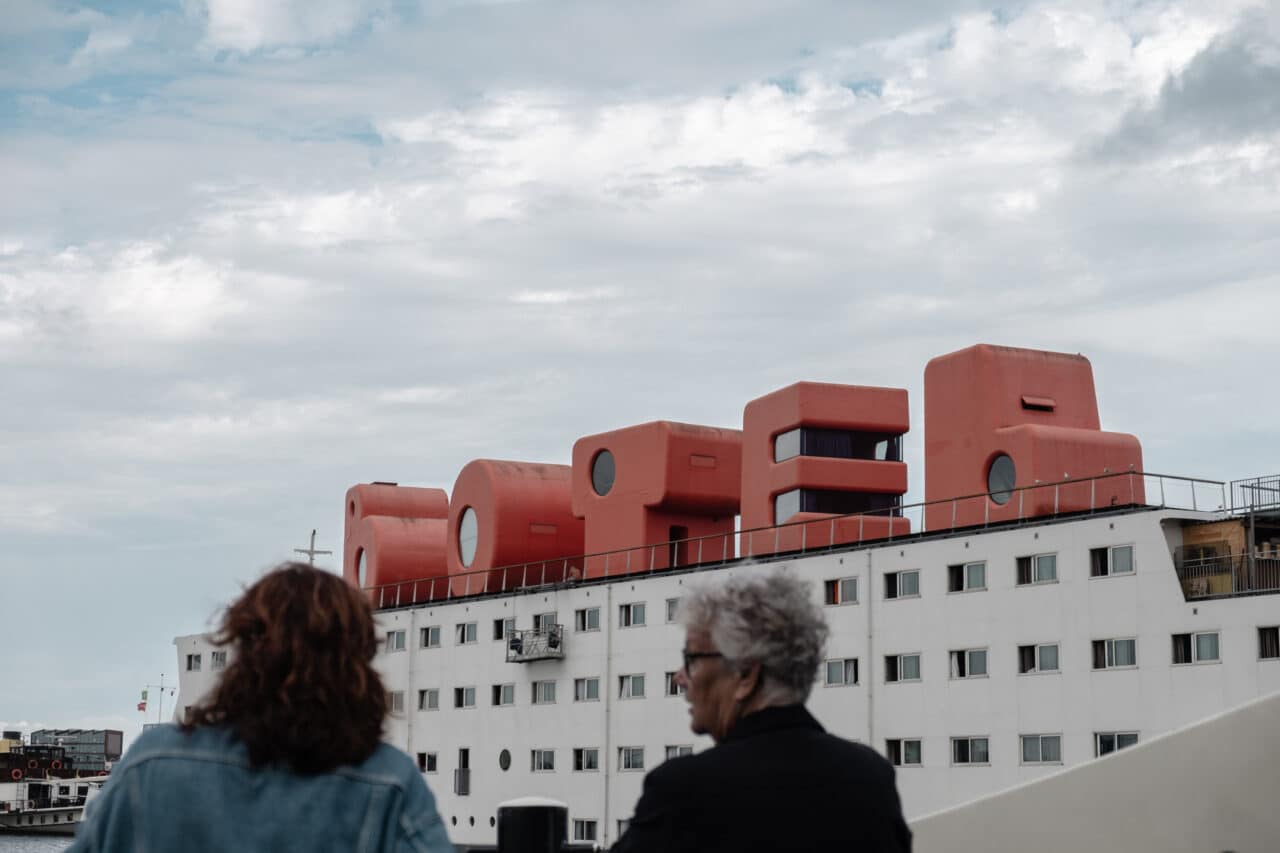
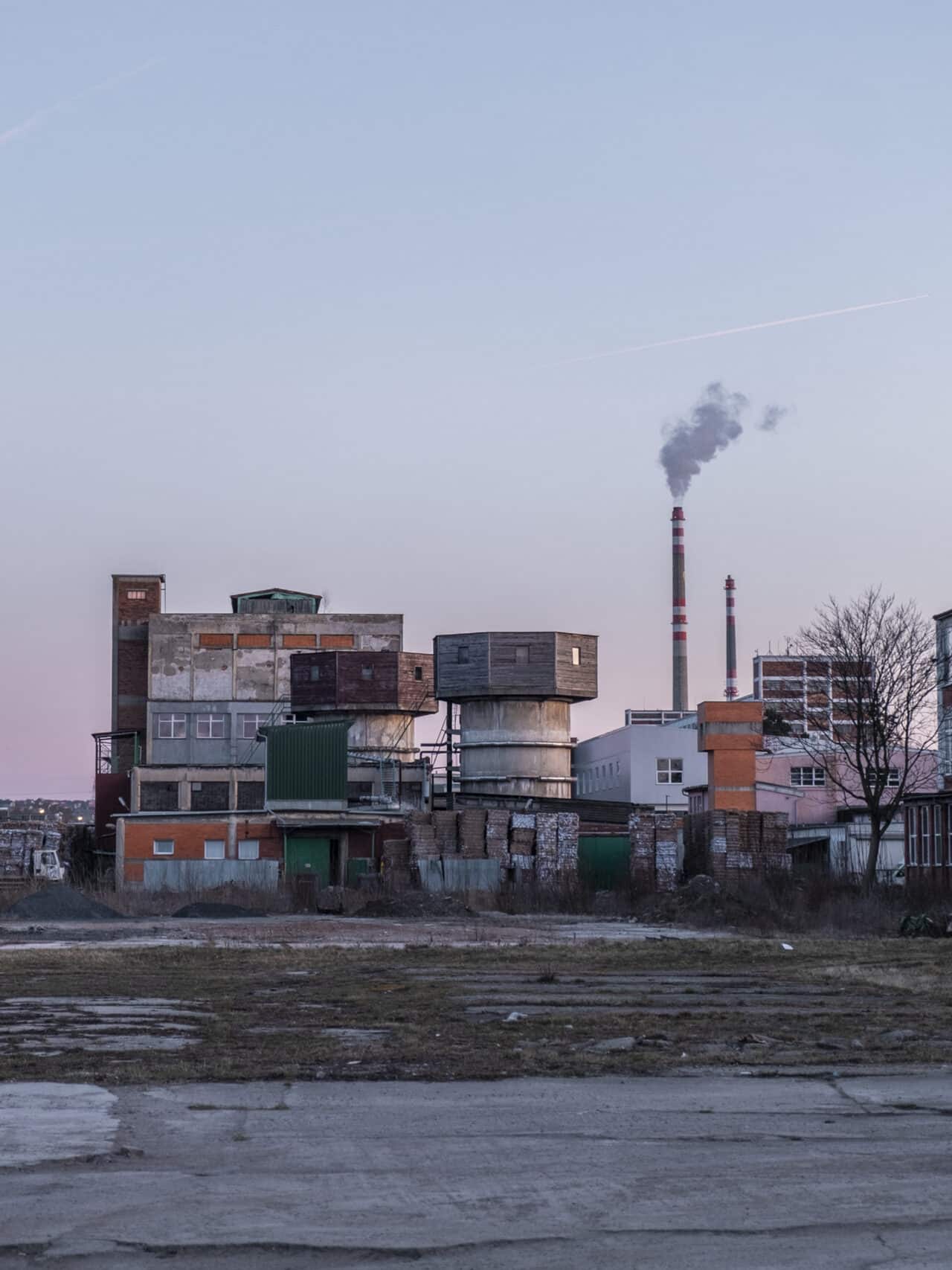

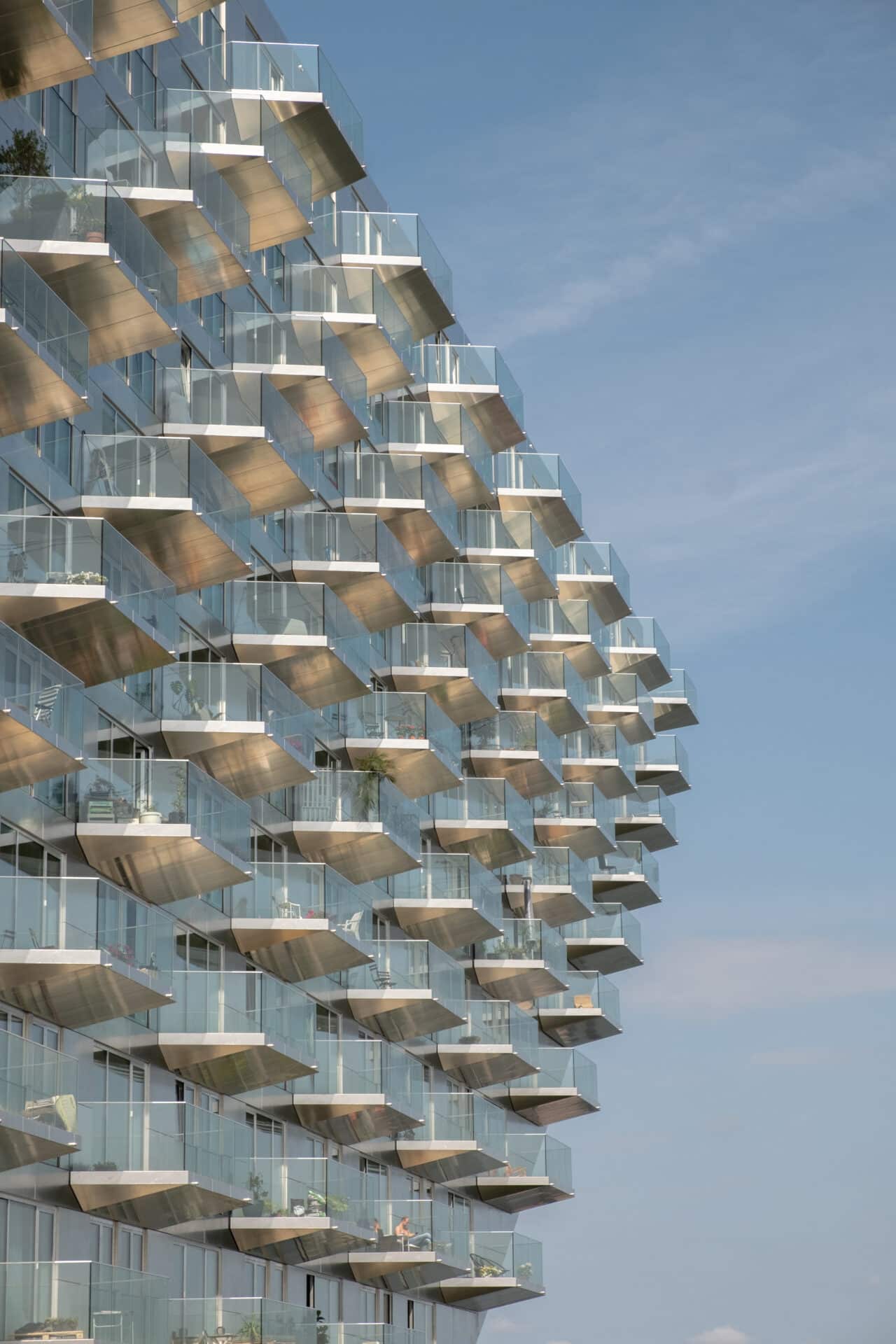
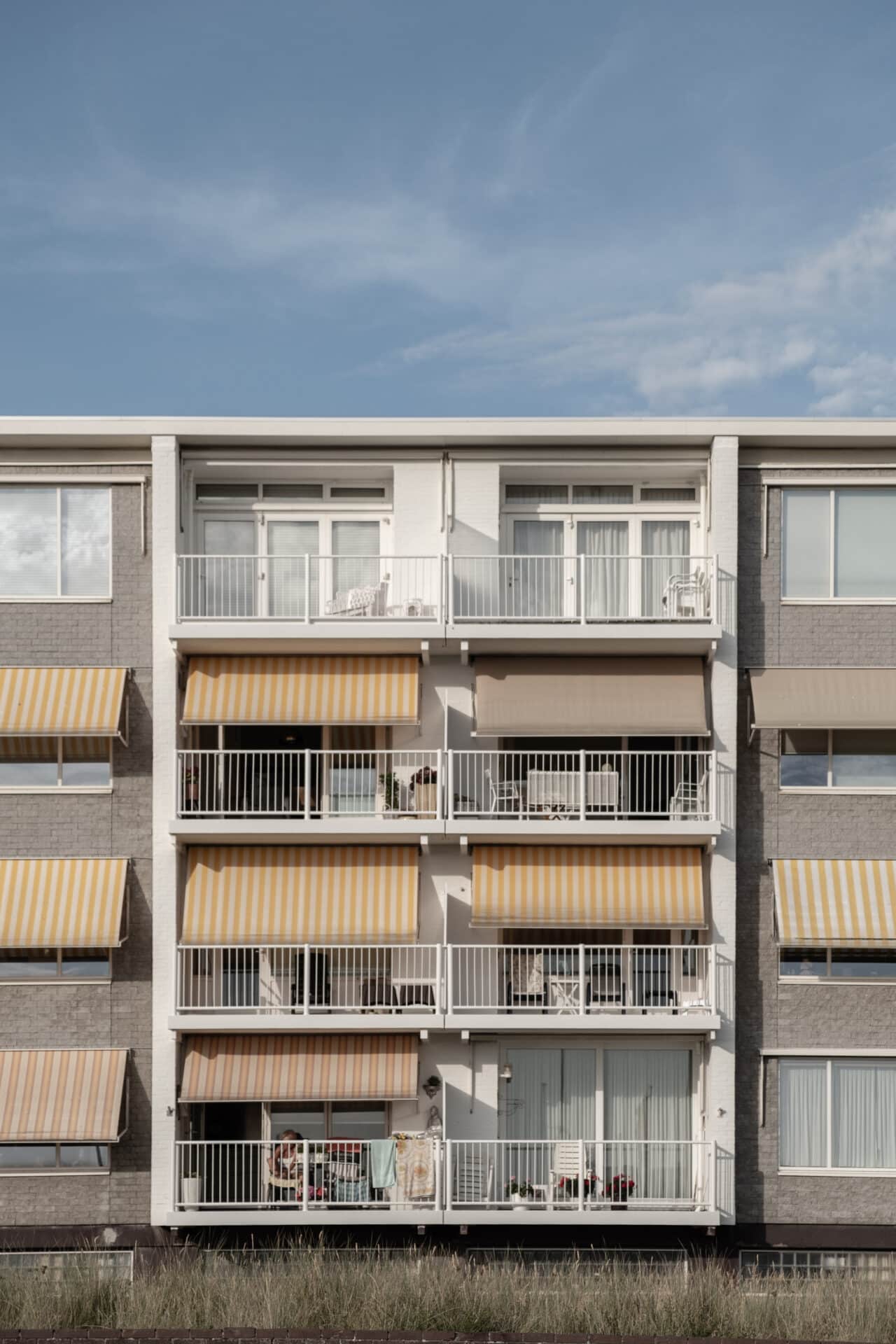
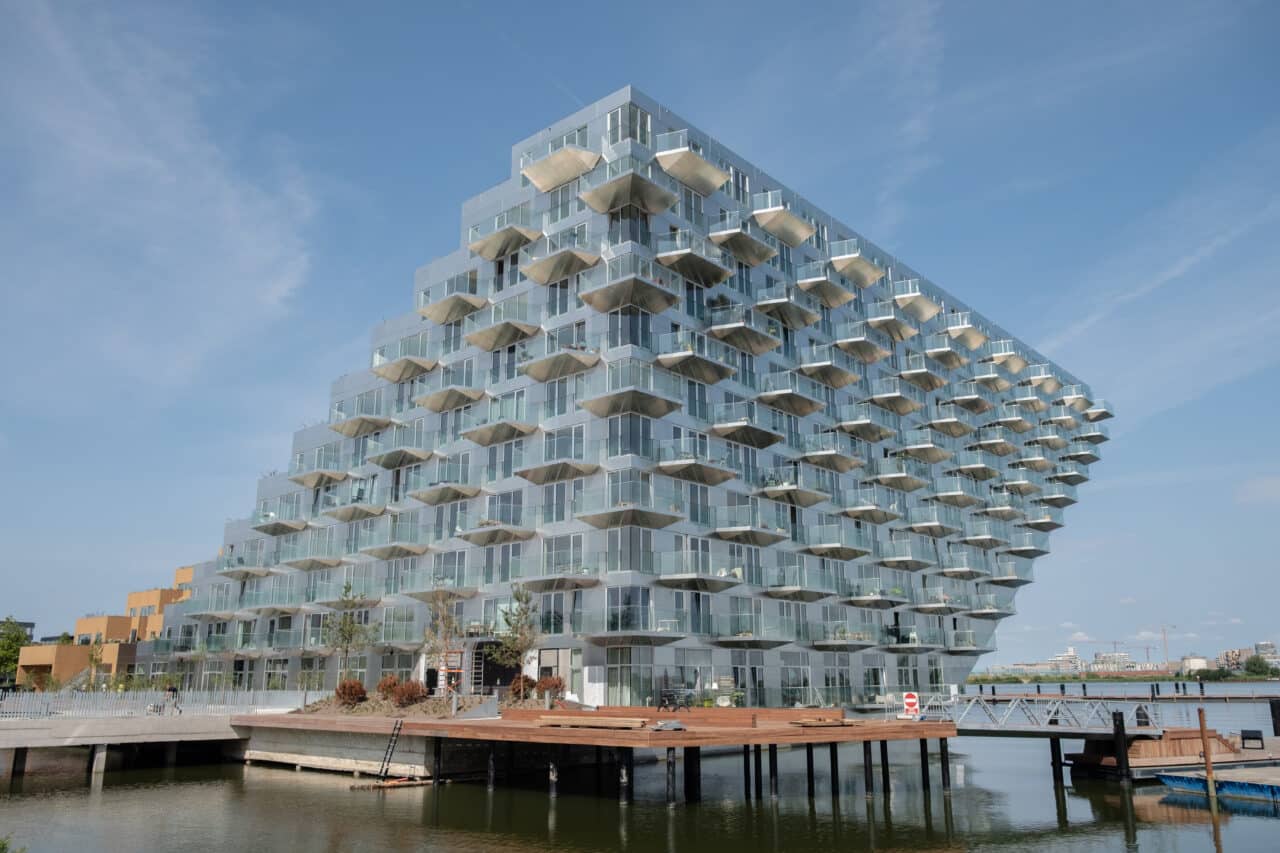

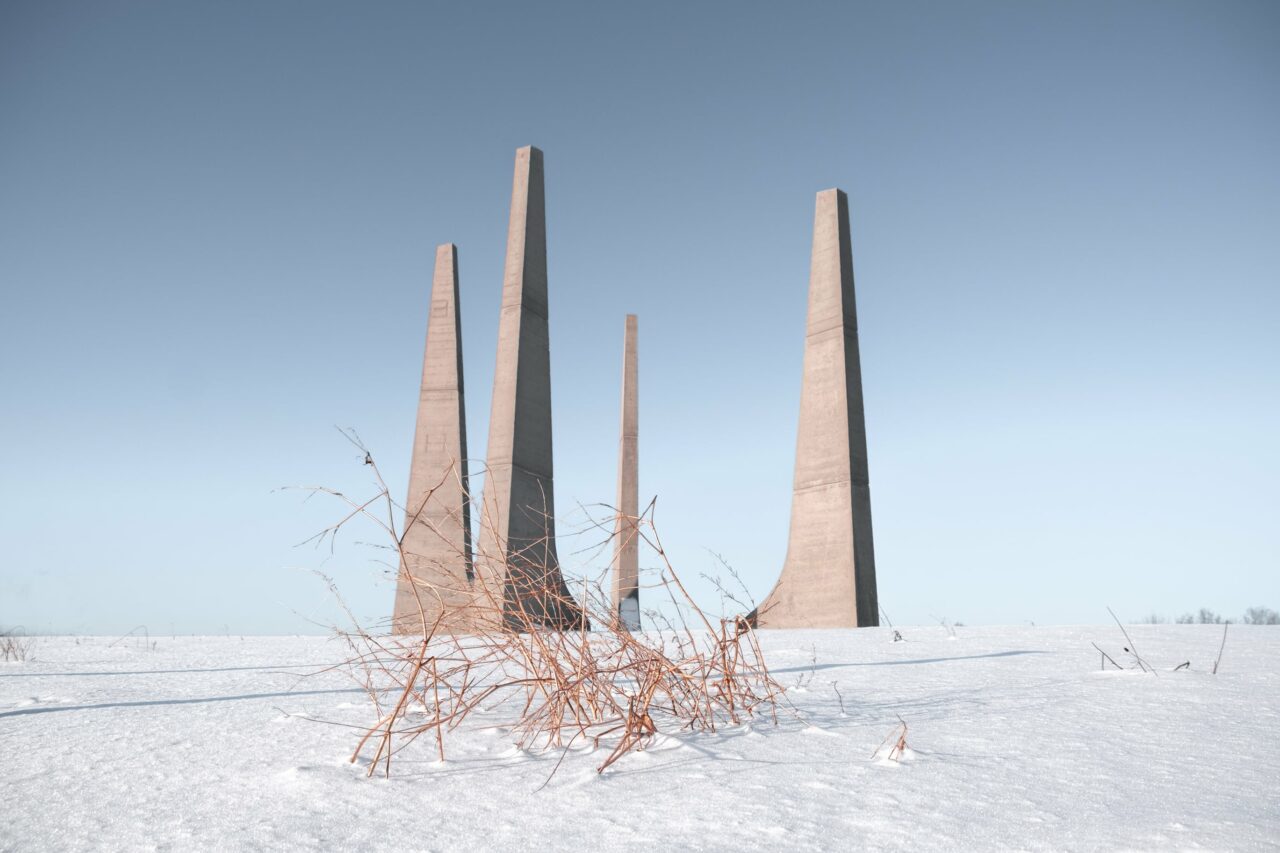
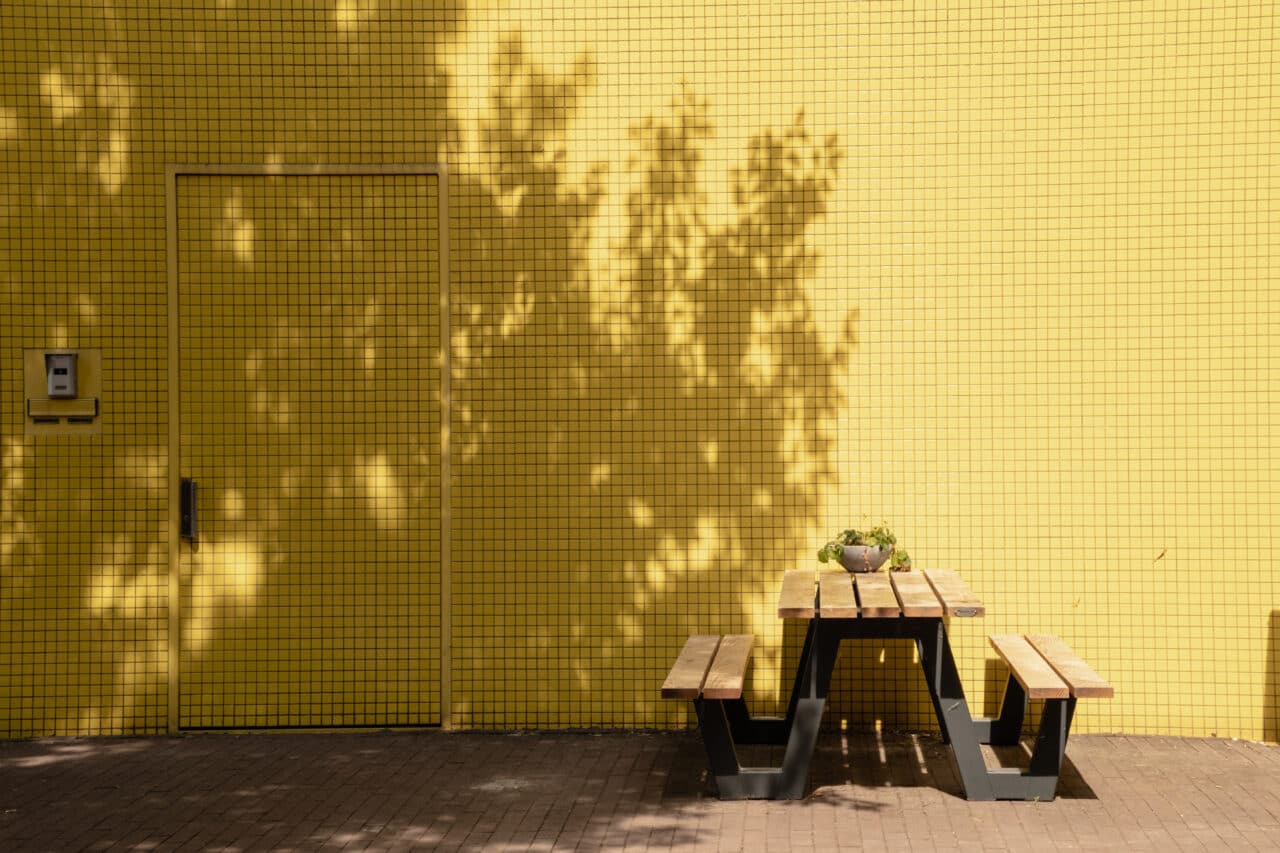

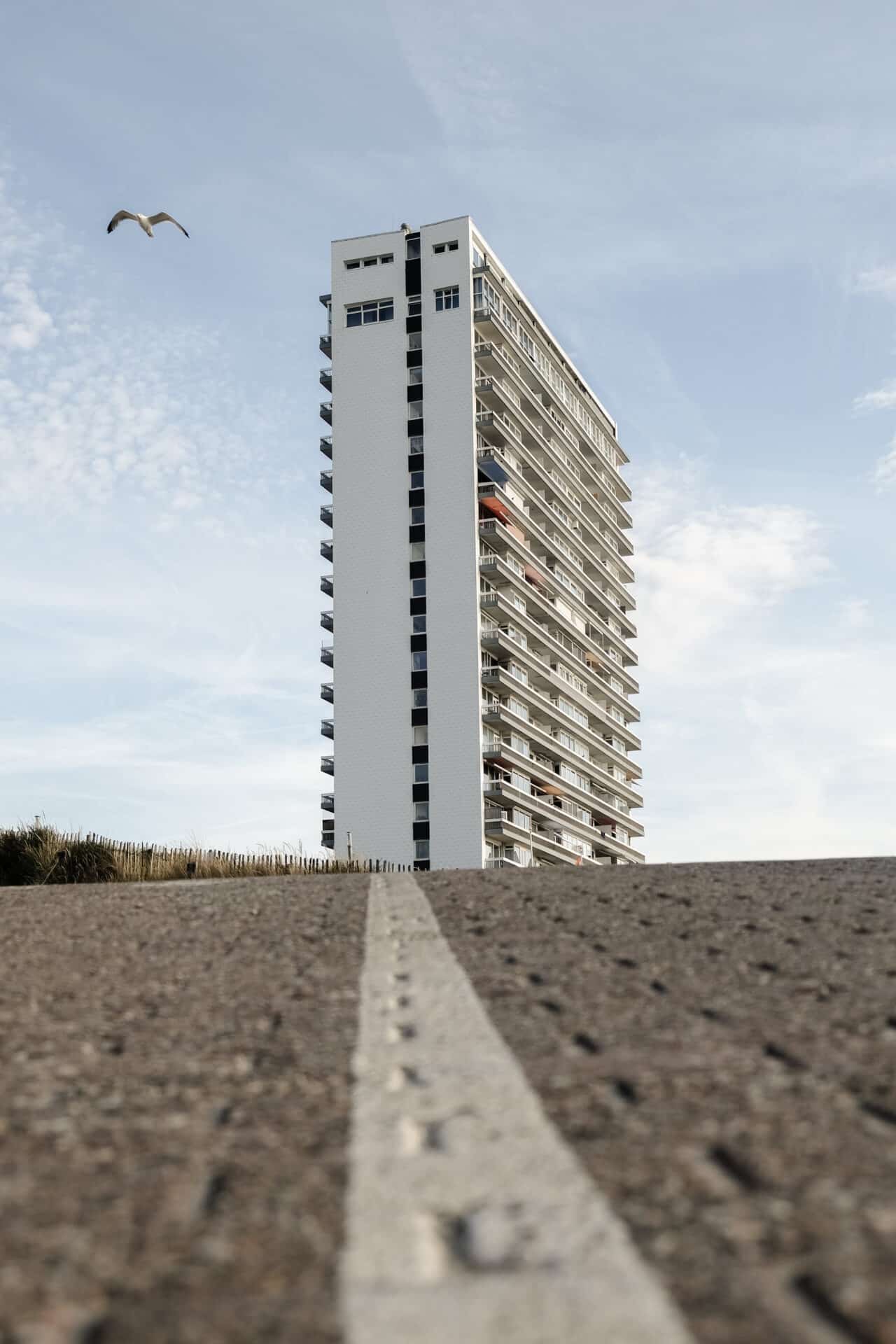
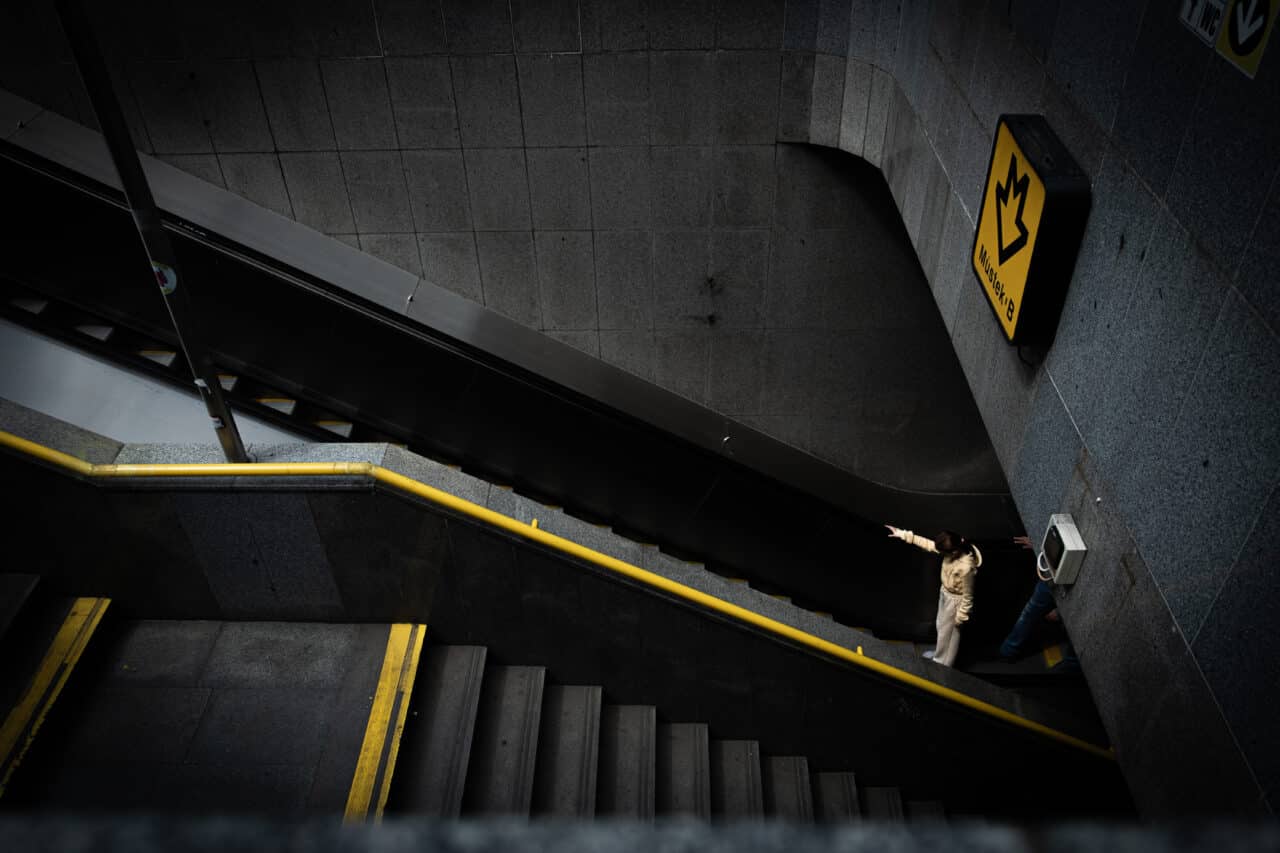
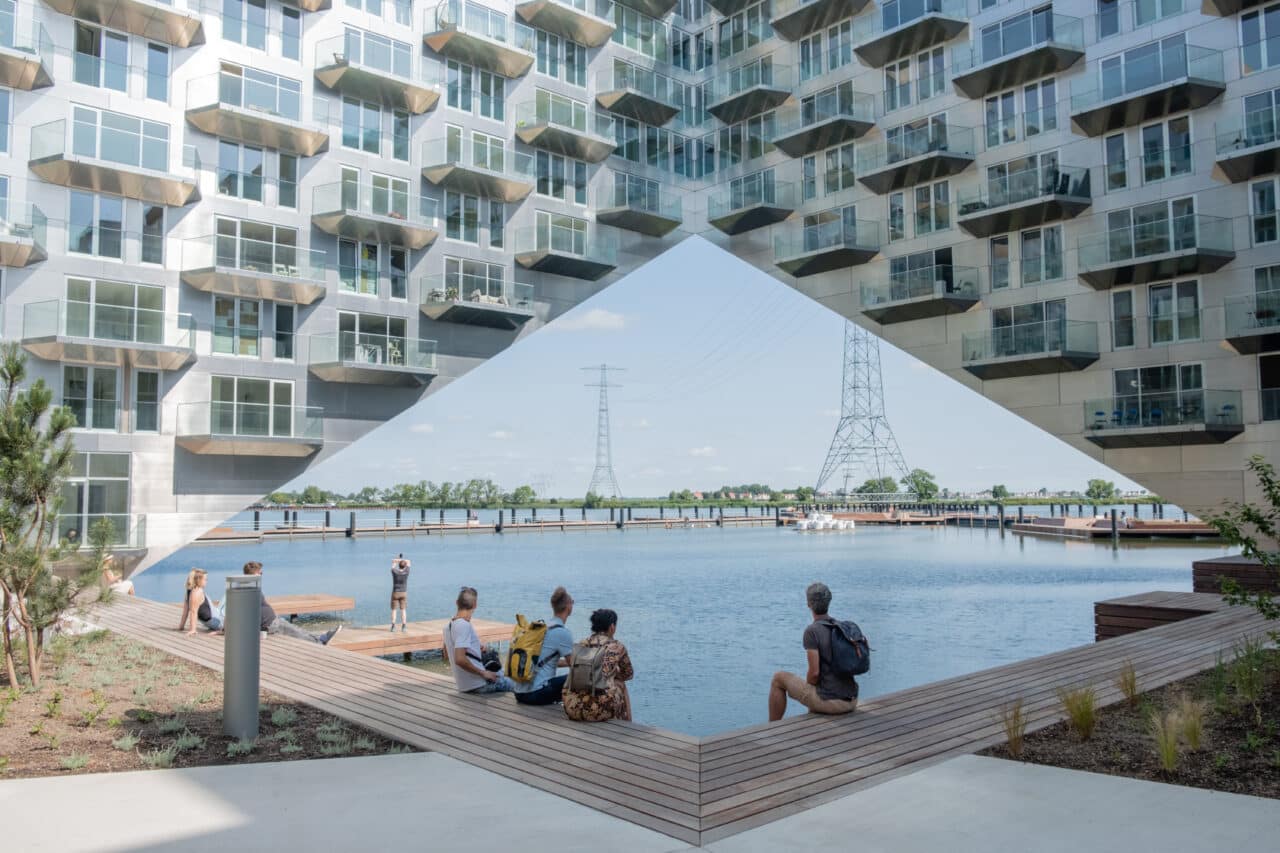
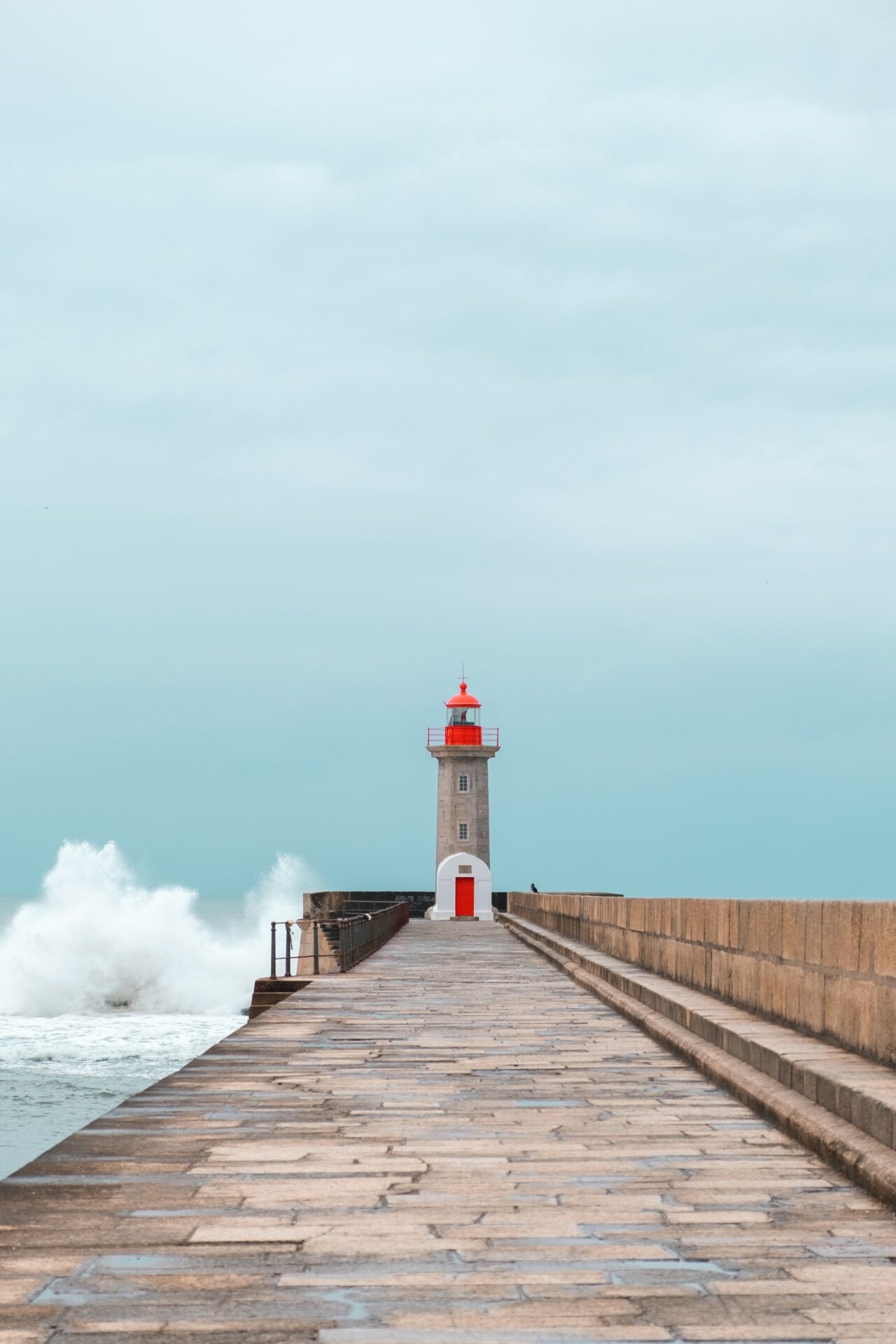
There are no comments yet.